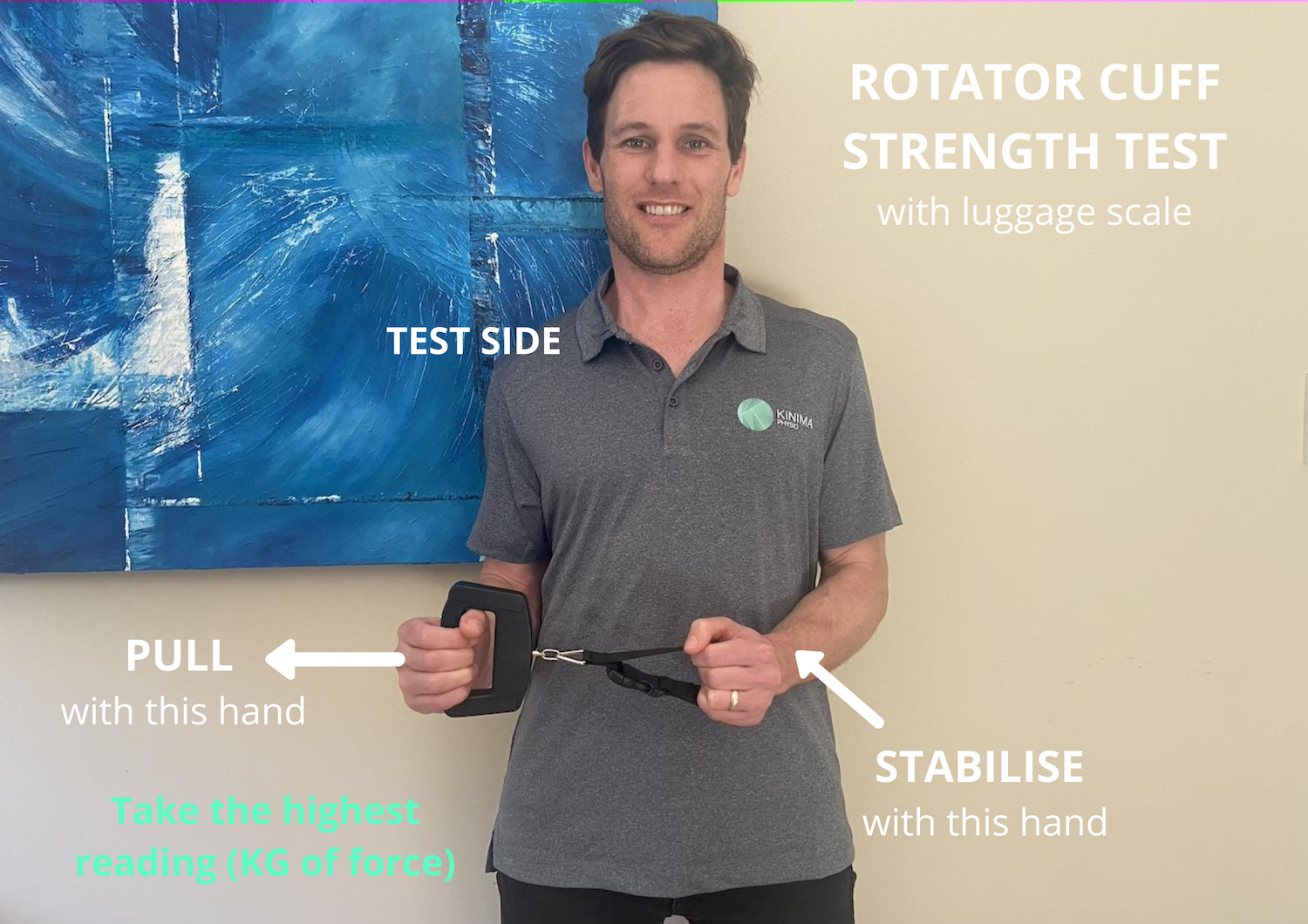The Aches and Pains of Swimmer’s Shoulder Explained
One of the strongest predictors of shoulder pain in a person’s lifetime is regular participation in activities that require the arm to move above 90 degrees.
Swimming is one of these activities because it involves repetitive overhead movement in a prone body position. This places very different demands on the shoulder compared with high velocity overhead activities such as throwing or hitting.
What Is Swimmer’s Shoulder?
The most common diagnosis in swimmers is sub acromial shoulder pain. It is also known as rotator cuff related shoulder pain. This term refers to movement related shoulder pain usually felt at the front or side of the shoulder. Sometimes it can also travel halfway down the outside of the upper arm.
As a swimmer, you might notice early warning signs such as:
A dull ache in the front or side of the shoulder
A loss of power during your catch or pull phase
Difficulty holding pace during longer sets
People with this type of shoulder pain often have an average external rotation strength deficit of about 33 percent.
What Causes Swimmer’s Shoulder?
Swimmer’s shoulder is almost always related to loading, overuse, or technical factors. The shoulder becomes painful because the system as a whole does not have the capacity to handle the demands placed on it within a given timeframe.
Common contributors include:
A sudden spike in volume or intensity
Returning to pre break training levels too quickly
Excessive use of paddles or a pull buoy
Attempting technical changes at high loads
Inefficient or compensatory movement patterns
Poor technique when fatigued
Limited cardiovascular fitness
Training through illness, stress, or poor sleep
Common Myths About Swimmer’s Shoulder
Swimmers are often told their shoulder pain is due to:
A stiff mid back
Rounded shoulder posture
Tight pectoral muscles
A winging shoulder blade
These ideas were once common but are not supported by current research. There is no strong evidence that correcting posture or stretching specific muscles is central to improving shoulder pain.
A newer theory suggests that the classic “swimmer’s posture” may be an adaptive change that improves efficiency in the water. The strongest evidence continues to support strength training and smart load management.
Management and Prevention Strategies
You can track your rotator cuff strength at home using a simple luggage scale. By monitoring the numbers over time, you can identify declines in strength before pain develops. This gives you time to adjust training loads early.
Other swimmer specific strategies include:
Gradual and consistent progression of total swimming load
Technical feedback from a coach, especially when fatigued
Joining a swim squad for conditioning and aerobic development
Completing an evidence based strength program targeting the shoulder, rotator cuff, upper back, scapular muscles, and trunk
Completing strength work two to three times a week for at least twelve weeks
Using massage, stretching, mobility, or rollers for recovery if they personally help you
If you would like to learn more about current approaches to shoulder pain and how to manage it effectively, our team is here to help.



